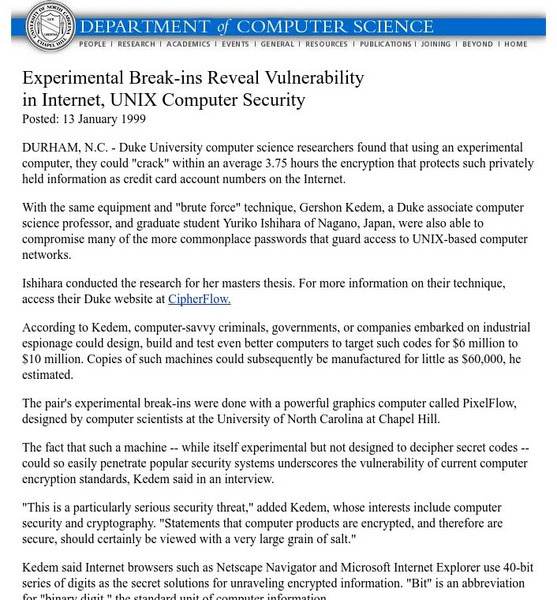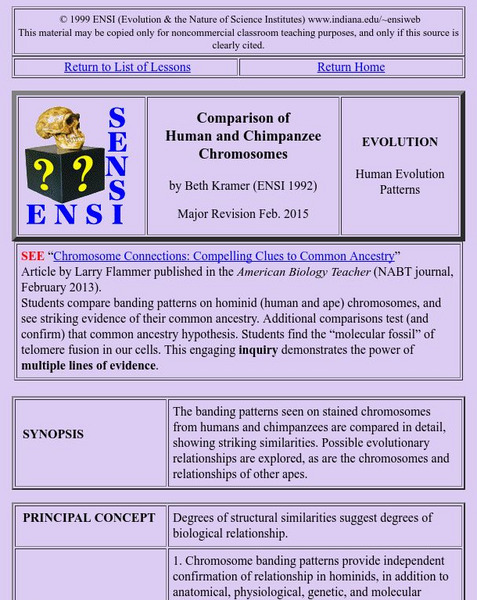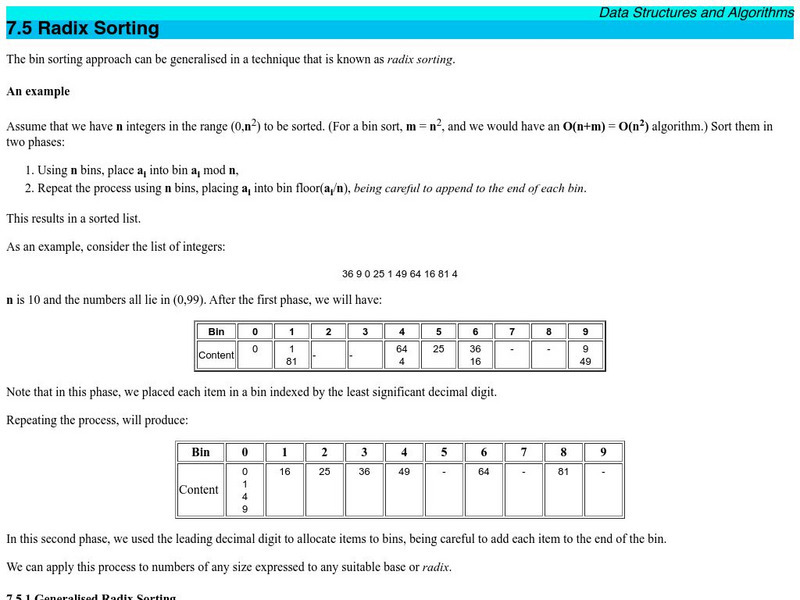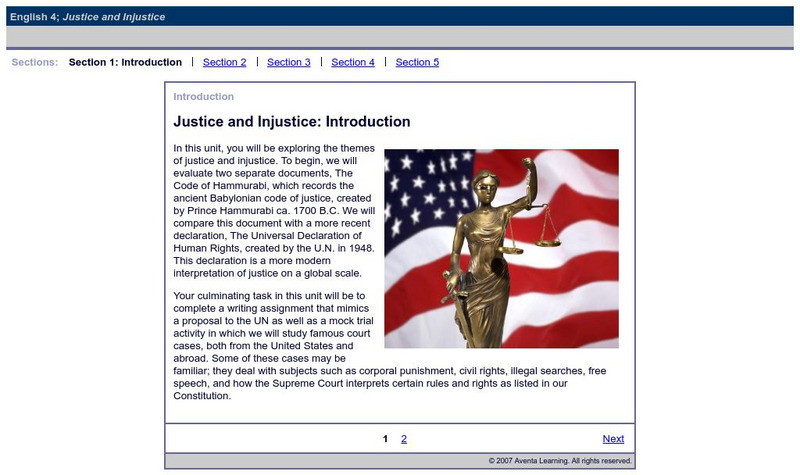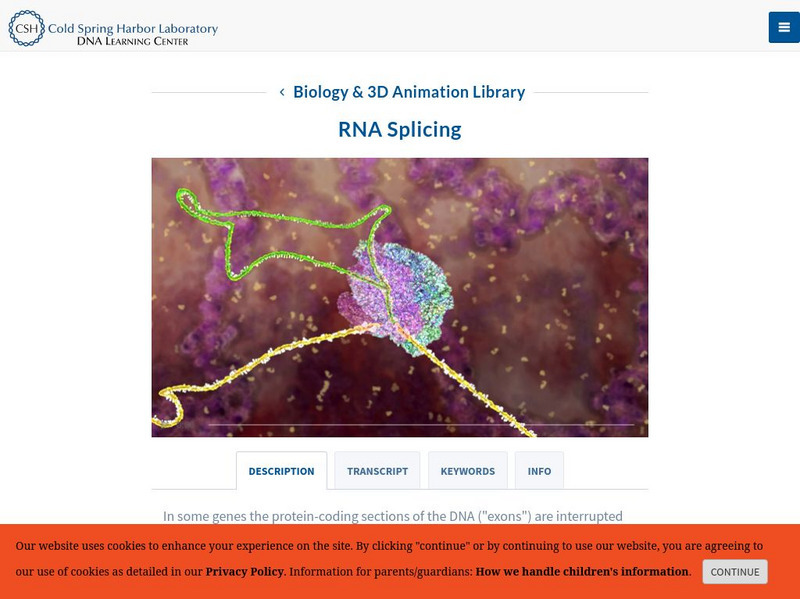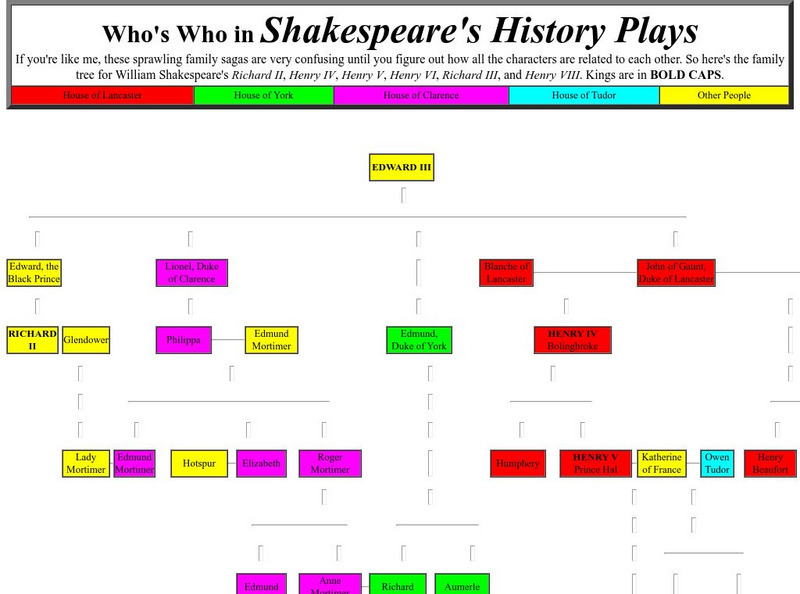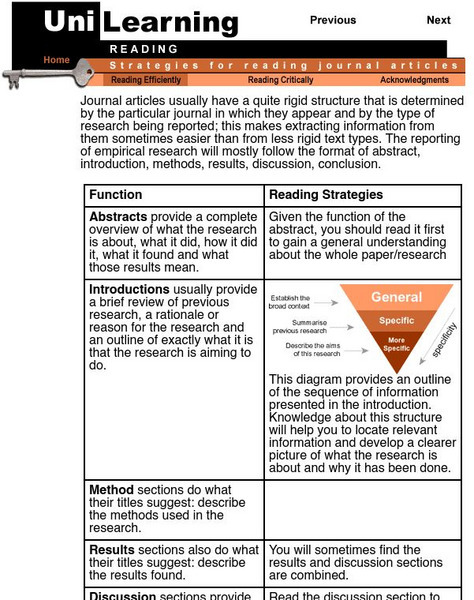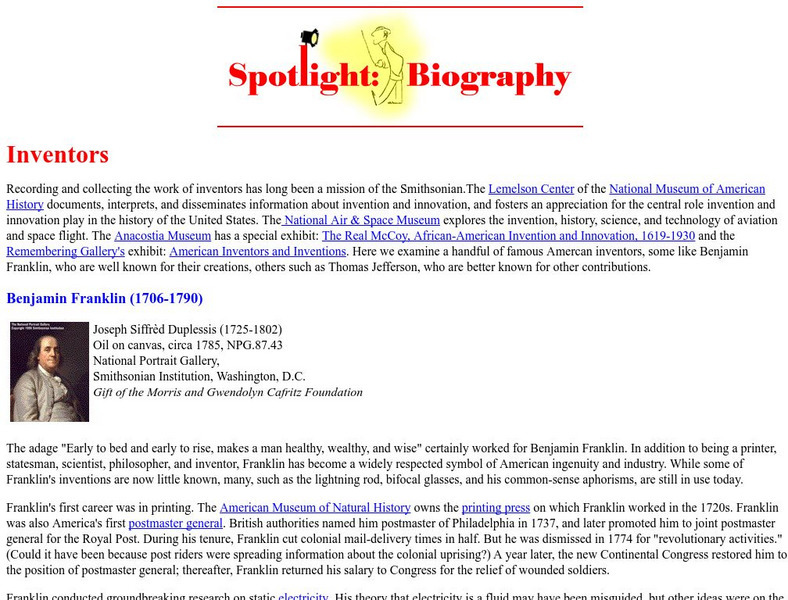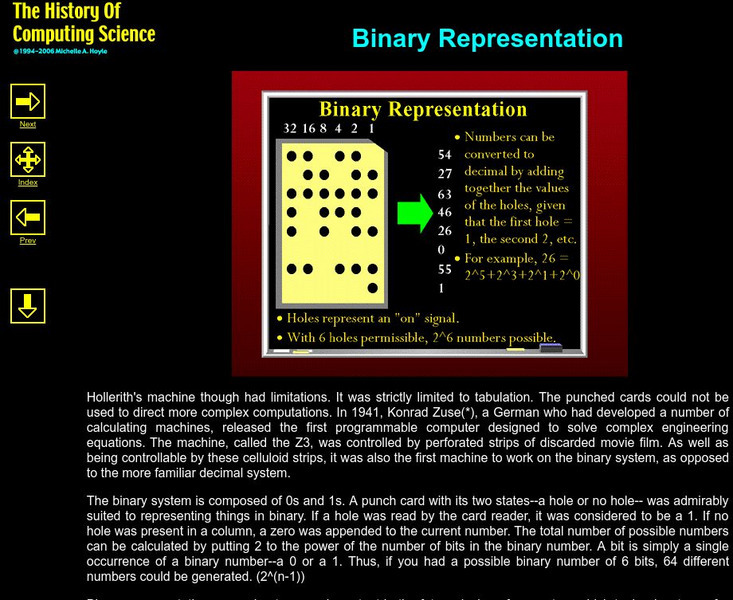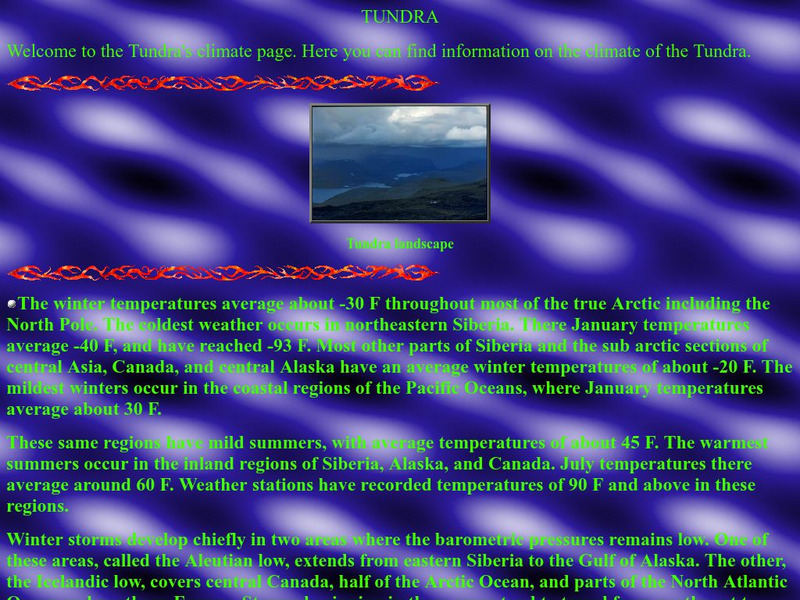Other
Defense: American Indian Heritage Month: Code Talkers
Find out about the Native Americans who used their tribal languages as code during World War I and World War II. Includes information on Charles Chibitty, a Comanche code talker who was inducted into the Pentagon's Hall of Heroes.
PBS
Pbs Teachers: Cracking the Code: Explore a Stretch of Code
Investigate the makeup and function of genes and genetic code by exploring an actual stretch of human DNA in this activity.
NASA
Nasa: Spitzer Science Center: Code of Faraway Worlds
Under the heading, "Cracking the Code of Faraway Worlds" this site explores the uses of spectrum (and spectrograph, spectra) in planetary study. In addition to an image, a description of spectrum and its uses in space science is provided.
Texas State Library and Archives Commission
Texas State Library and Archives Commission: The 1890s: Black Codes
Here is a brief description of Black Codes, which were set in place in Texas in 1866 and "outlined a status for African Americans not too much removed from their earlier condition as slaves."
Google
Cs Education at Google: Cs First: Gumball's Coding Adventure
Teaches basic computer science concepts using the programming language Scratch. In this activity, learners use characters from Cartoon Network's "The Amazing World of Gumball" to create an animated story.
PBS
Pbs News Hour Extra: The Human Genome Project, a Decade Later
This article reviews advances made by medical researchers since the complete mapping of the human genetic code ten years earlier. Although the expectation then had been that cures could be found for many diseases based on this new...
University of North Carolina
University of North Carolina: Pixel Flow Code Cracking
This article reveals some techniques and vulnerabilities in Unix-based computer networks.
Indiana University
Ensi: Comparison of Human: Chimpanzee Chromosomes Lesson
This is a great lesson plan that combines Karoytypes and evolution. Students will recognize that the chromosomes of chimpanzees and humans are remarkably similar, then correlate that to their evolutionary relationship.
Bio Topics
Bio Topics: How Dna Controls Protein Synthesis by Means of a Base Code
A worksheet and comprehensive notes discussing how DNA controls protein synthesis by means of a base code.
University of Auckland School of Computer Science
Morris: Radix Sorting
A detailed description of the Radix sort algorithm, including a code solution written in the C programming language and an interactive animation / visualization of the sort at work.
Department of Defense
Do Dea: Justice and Injustice
In this self-guided unit, you will be exploring the themes of justice and injustice. Included are lessons, self-assessments, background information, and learning activities. At the end of the unit, you will follow the research process to...
Google
Cs Education at Google: Cs First: Art: Activity 2: Animation
A set of eight activities that teach students basic computer science concepts using the programming language Scratch. Includes lots of additional supports for teachers. All materials are free and teachers sign in to create a class. This...
Cold Spring Harbor Laboratory
Dolan Dna Learning Center: Transcription & Translation: Rna Splicing
See how DNA is transcribed into RNA and spliced to remove non-coding regions, leaving only the protein-coding regions, called exons. [1:37]
Other
Who's Who in Shakespeare's History Plays
Here is a color-coded family tree to help you understand how the historical characters in Shakespeare's series of history plays are connected. As a bonus, you also get a brief synopsis of each of the plays.
Other
Clemson University: Soil Acidity and Liming
Covers the composition and uses of liming materials in agriculture, as well as the lime codes of several states. Good definitions of terms: lime, calcitic limestone, calcite, dolomite, dolomitic limestone, aragonite, hi-cal lime, and more.
Other
Uni Learning: Strategies for Reading Journal Articles
Clear explanation of how journal articles tend to be structured, as well as tips for extracting information from each part. Includes sample, color-coded exercises.
Smithsonian Institution
Smithsonian Education: Spotlight Biography Inventors
This site provides information on American inventors Benjamin Franklin, Robert Fulton, Eli Whitney, Thomas Jefferson, Isaac Singer, Wilbur Wright, Thomas Alva Edison, Elias Howe, and Alexander Graham Bell. It offers pictures from and...
Sam Houston State University
Shsu: Native Americans in World War Ii
Information about the roles of Native Americans in World War II and their service in the armed forces and defense industries.
Other
Prism Magazine: Student Plagiarism in an Online World
Prism Magazine offers an essay on student plagiarism and how to track down if the paper is plagiarized.
Math Is Fun
Math Is Fun: Binary Number System
Learn all about the binary number system and how to count in binary. Includes a set of practice questions.
PBS
Wnet: Thirteen: The Supreme Court: Landmark Cases: Schechter v. u.s. (1935)
PBS provides details on the landmark Supreme Court case of Schechter v. U.S. which dealt with congressional powers under the Commerce Clause.
History of Computing Science
History of Computing Science: Binary Representation
The binary number system is a perfect fit for the dual-state technologies used in digital computing devices. This lecture series presents a brief description of how the two fit together.
Other
Thurston High School: The Tundra Climate
Site discusses and analyzes the daily weather in the tundra. Provides a map of the world that is color-coded to show the different biomes and systems of the world.
PBS
Pbs Teachers:build a Family Tree (Men Only)
Understand DNA sequences and the Y chromosome. Solve a genealogical puzzle using the power of reasoning and understanding of DNA, and complete the a male family tree using DNA information from the Y chromosome of three fictitious...






